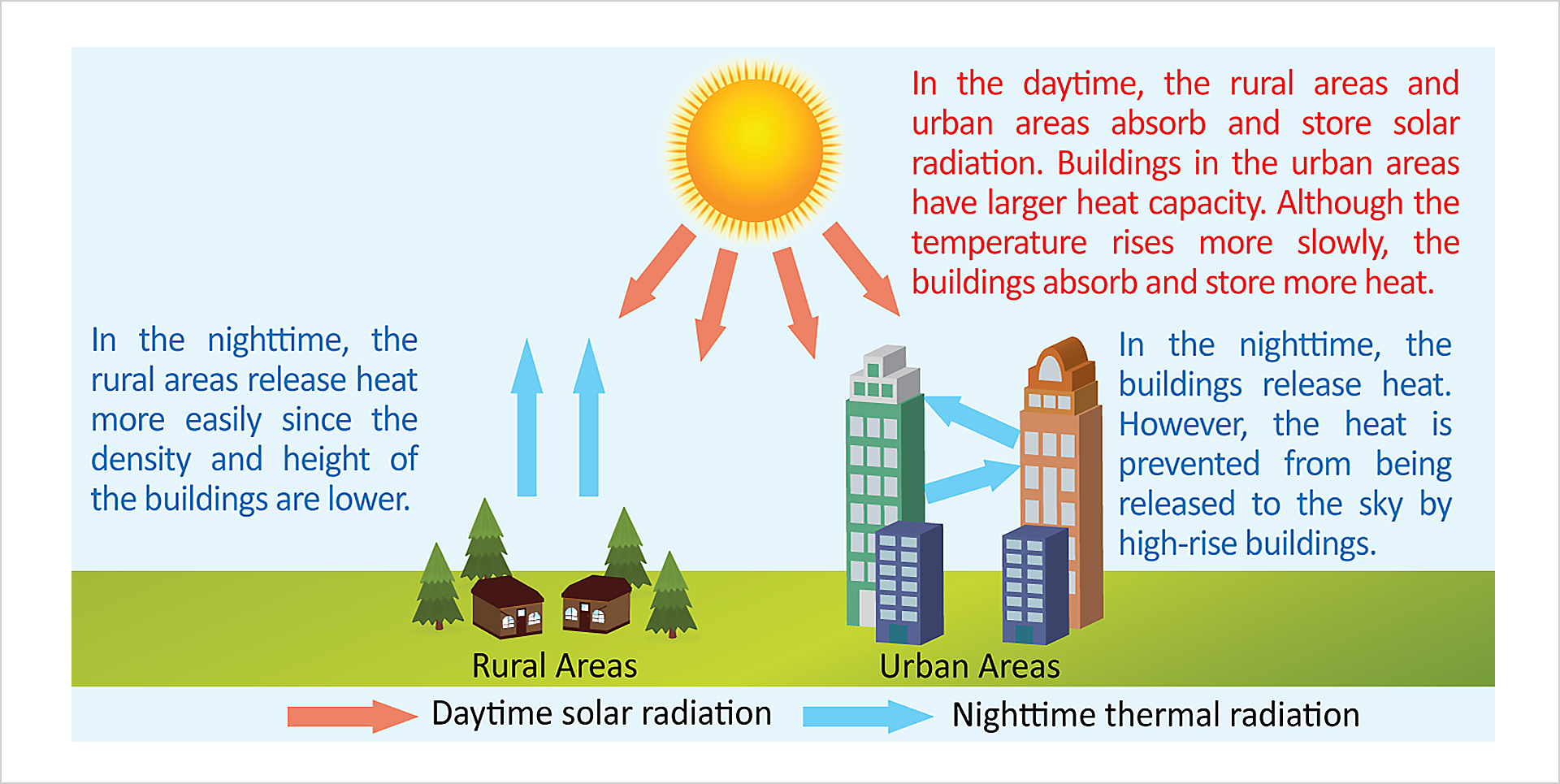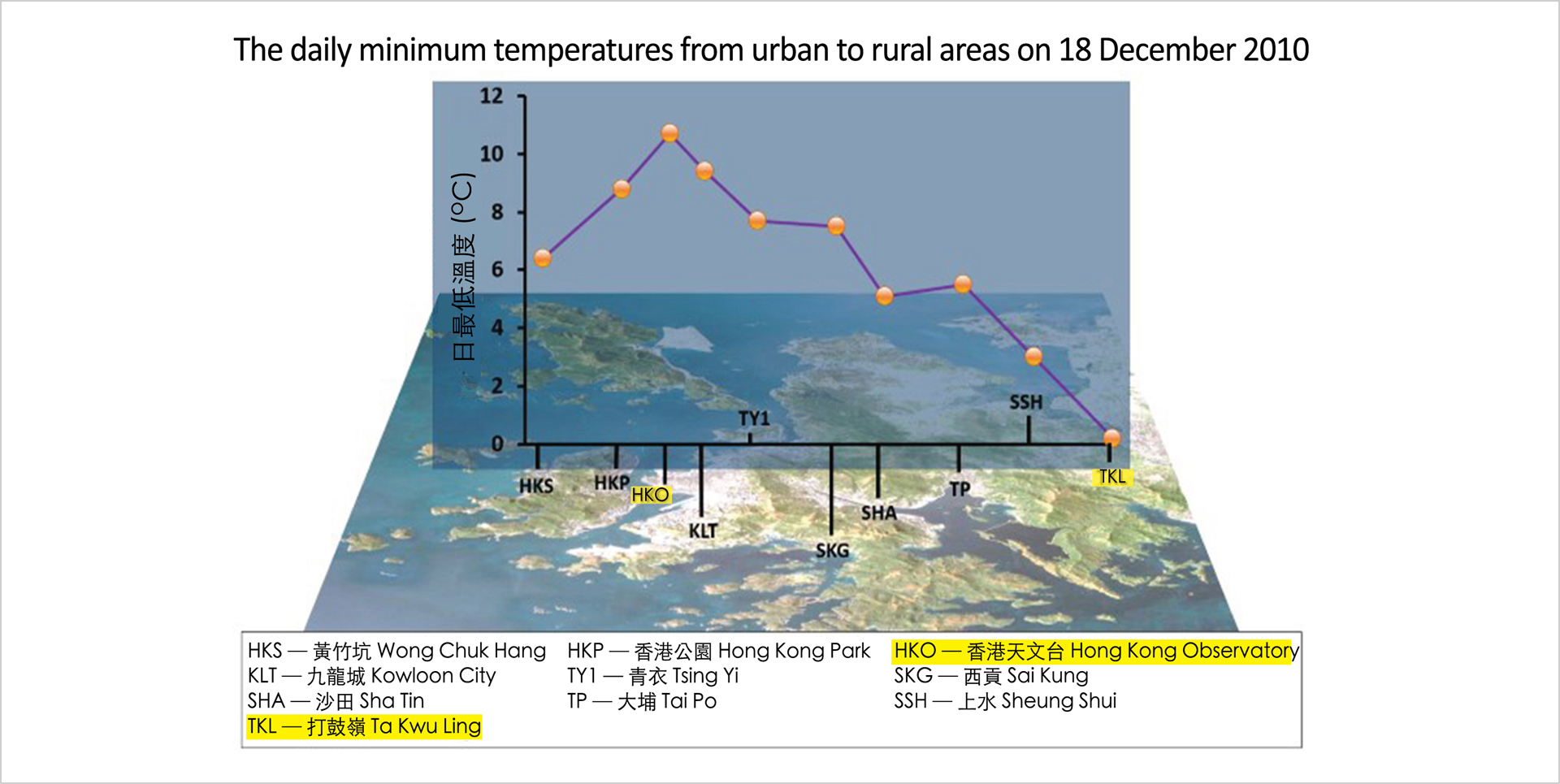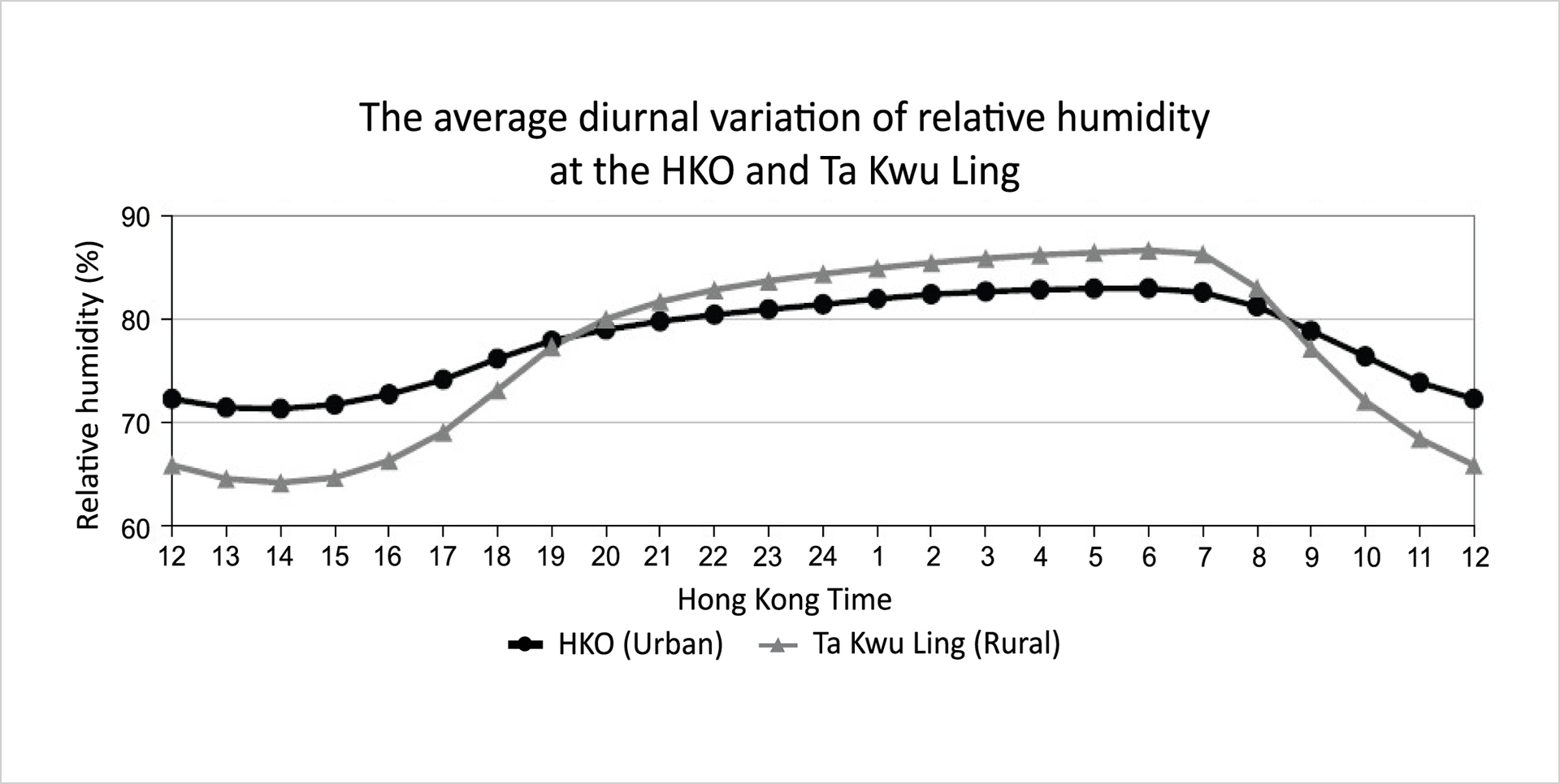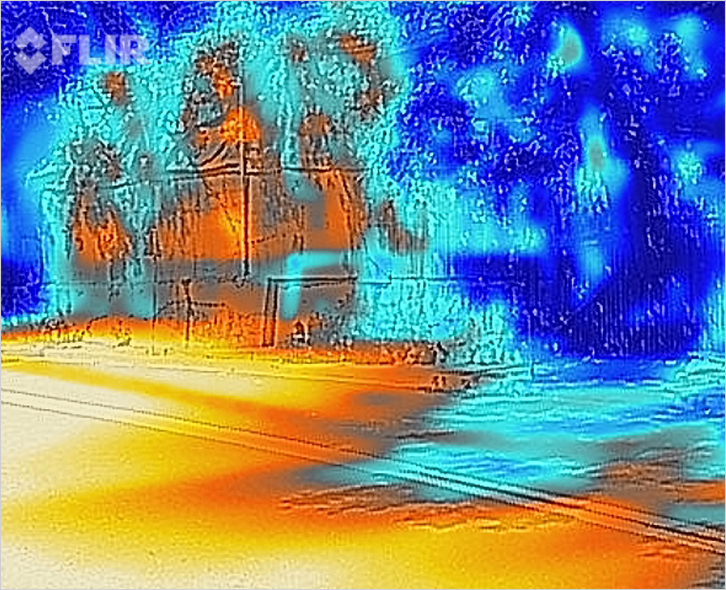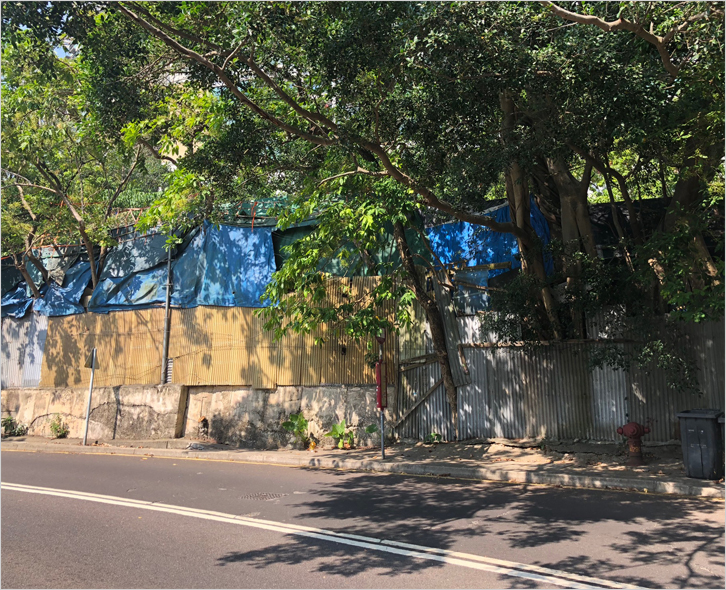How does urban development affect the climate of Hong Kong?
Both global warming and local urban development affect the climate of Hong Kong. According to researches from the HKO, urban development is one of the factors causing Hong Kong’s warming trend and the contribution could be up to 50%.
Urban heat island effect
Owing to urban development, the cooling rate of the urban areas has gradually become lower than that of the rural areas, causing the average temperature in the urban areas to be generally higher than that in the rural areas. This phenomenon is called the urban heat island effect. Urban development includes land use changes, dense building development, heat emissions and human activities. Fig 3.5 shows the causes of the urban heat island effect.
Fig 3.5 Impact of urban development on the heat balance in the urban areas v
- Buildings in the urban areas have higher heat capacity, absorbing and storing more solar radiation.
- High-density and tall buildings block the view of the sky, reducing the amount of heat released to the sky.
- A lot of heat is emitted from the buildings, air conditioners, vehicles and industrial activities in the urban areas.
- High-density buildings reduce wind speed and cooling rate.
In Hong Kong, the urban heat island effect is primarily a nighttime phenomenon, which is more significant in winter, especially with a stable atmosphere, light breezes and clear skies. Fig 3.6 shows an example in 2010. Under the influence of a continental airstream over southern China, the weather in Hong Kong was mainly fine on 17 December 2010. Light winds at night enhanced radiation cooling, bringing the temperature at Ta Kwu Ling down to a minimum of 0.2°C in the early morning on 18 December. Affected by urban development, the nocturnal cooling in the urban areas was much slower than that in the rural areas and the minimum temperature at the HKO Headquarters in Tsim Sha Tsui was 10.7°C, more than 10°C higher than that at Ta Kwu Ling.
Fig 3.6 The daily minimum temperatures from urban to rural areas on 18 December 2010 vi (Source: HKO)
Impact of urban development on the surface wind speed
The high-rise buildings and dense urban development in Hong Kong have increased land surface friction, obstructing air flow and reducing wind speed in the urban areas. Fig 3.7 shows that there is no obvious trend of the annual average wind speed at Waglan Island for 1968-2015, while the wind speed at King’s Park in the urban areas exhibits a significant downward trend.
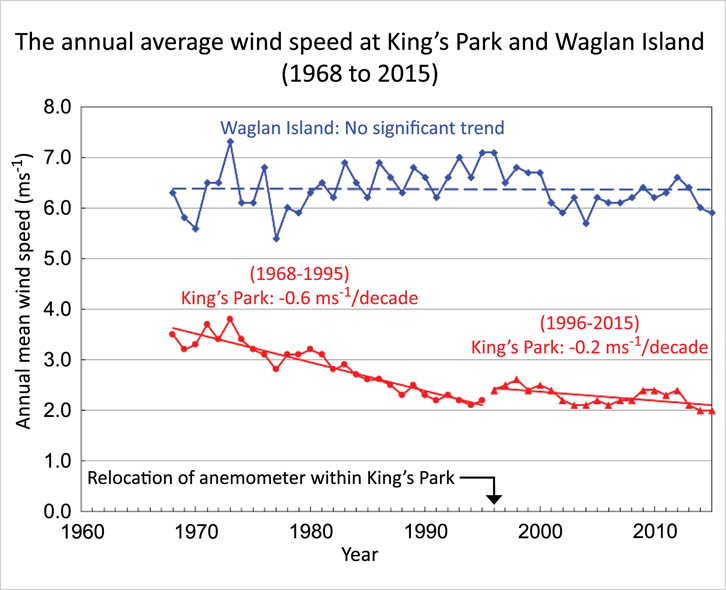 |
|
| Fig 3.7 The annual average wind speed at King’s Park and Waglan Island vii (Source: HKO) |
★ More information
Buildings creating wall effect
www.edb.gov.hk/tc/curriculum-development/4-key-tasks/moral-civic/Newwebsite/flash/ESD/ESD_newtopic04.html
Other possible impacts of urban development
Over the past 50 years or so, the annual mean cloud cover in Hong Kong has increased by about 1.1% viiiper decade. One of the possible reasons is that human activities release suspended particulates into the atmosphere, increasing the concentration of condensation nuclei and favouring cloud formation. In addition to the increased condensation nuclei in the atmosphere, the urban heat may enhance convection. Both factors favour precipitation. Research from the Hong Kong Observatory points out that the increasing trend of rainfall in the urban areas was higher than that in the New Territories and offshore areas for 1956-2005.
The increase in suspended particulates and cloud cover reduces the amount of solar radiation reaching the ground. Since the 1970s, the amount of solar radiation observed in Hong Kong shows an overall decreasing trend.
Relative humidity is affected by air temperature and the amount of water vapour in the air. In general, relative humidity decreases with increasing temperature. During the day, the temperature rise in the rural areas is significantly higher than that in the urban areas and hence the relative humidity is lower in the rural areas. In the evening, the rural areas cool faster than the urban areas and hence the relative humidity is higher in the rural areas.
Fig 3.8 The average diurnal variation of relative humidity at the HKO and Ta Kwu Ling ix (Source: HKO)
➤ Urban heat island effect and global warming
Urban development causes the urban heat island effect, which then makes the city warmer. However, the impact of the urban heat island effect is confined to cities and has limited contribution to global warming. The Fifth Assessment Report of IPCC points out that the urban heat island effect has contributed no more than 10% to the warming of global land surface over the past hundred years.
Measures to mitigate urban heat island effect
Enhance urban greening: Trees help to provide cooling. The temperature in tree shades is much lower than the temperature of concrete or asphalt exposed to sunlight. Increase in the urban greening ratio can provide more tree shades and create a cooler environment for pedestrians.
The yellow and orange areas in the thermal image at Fig 3.9a show that road surface and buildings exposed to direct sunlight have relatively higher temperature. The blue and dark blue areas show that the temperature is relatively lower in areas under tree shades. The temperature difference can be 10°C or higher.
Improve building materials: Use heat-proof building materials and enhance reflectivity of buildings.
Improve urban planning: Urban planning and design are very important. Building bulk, building height, city permeability and green coverage should all be considered in the planning stage. For example, widening the distance between buildings can reduce the “wall effect”, enhancing natural ventilation and mitigating the urban heat island effect.


